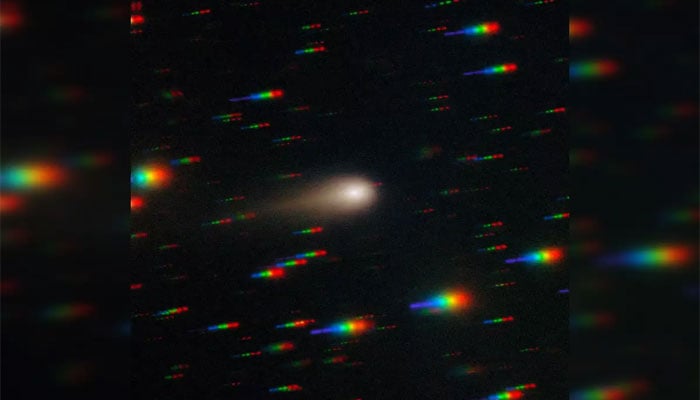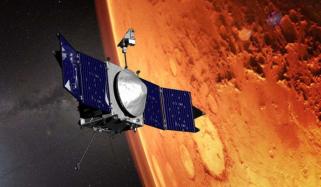
NASA’s Neil Gehrels Swift Observatory has marked a breakthrough after identifying hydroxyl (OH) gas — a chemical fingerprint of water — in an comet 3I/ATLAS, interstellar comet situated nearly three times farther from the Sun in contrast to the Earth.
According to the findings published by a team from Auburn University discovered how comets evolve beyond our Solar System.
Comet 3I/ATLAS, found on July 1, 2025, is one of only three known interstellar comets.
Scientists estimated it to be about 7 billion years old, it likely formed in another star system and entered our Solar System.
Swift identified a faint ultraviolet glow, which is impossible to see from Earth, showing 3I/ATLAS losing about 40kgs of water every second, an unusually high rate for a long distance from the Sun.
Researchers believe sunlight is heating small icy grains ejected from the comet’s nucleus, releasing gas and vapourisation.
This detection enables researchers to study interstellar comets using the similar methods applied to Solar System comets, providing new insights into the chemistry of planet formation across the Galaxy.
Lead author Zexi Xing stated, “Each interstellar comet so far has been a surprise, 3I/ATLAS is giving up water at a distance we didn’t expect — rewriting what we know about how planets and comets form.”















